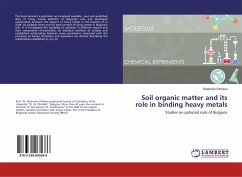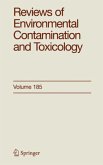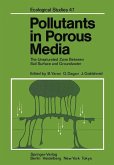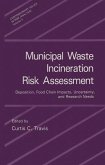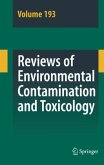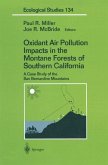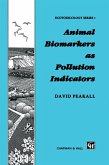This work reviews finfish responses to dioxins, furans, polychlorinated biphenyls and polycyclic aromatic hydrocarbons in marine and other aquatic environments and their use in pollution monitoring and risk assessment approaches. Based on cited research, it identifies cytochrome P4501A (CYP1A) gene induction, toxicant bioconcentration, oxidative damage, pathological lesions, genotoxicity, endocrine disruption, immunotoxicity, developmental toxicity and reduced growth & survival as major impact areas. In this context, fish biomarker responses and the importance of using chemical data from environmental matrices or tissues with relevant analytical approaches have been discussed. Further, toxic equivalency (TEQ) as a measure of compartmentalized toxic potency, the need for interpretation of biomarker responses in concert and in relation to contaminant levels for risk identification and predictability, and the importance of integrated aquatic ecological and human health risk assessments have been emphasized.

